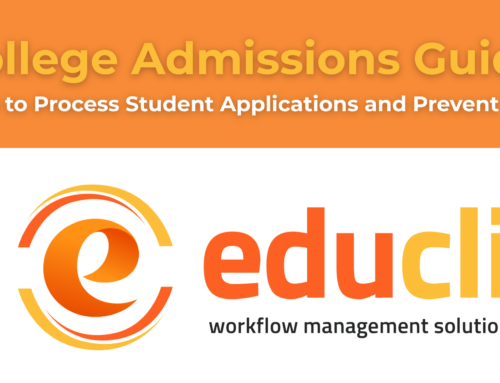Guide to Successfully Applying for Admission to Study Abroad
Applying for admission to a university abroad requires preparation, attention to detail, and careful organization. This guide will walk you through the steps and key documents you need to prepare for a strong application.
Step 1: Research Your Options and Requirements
- Identify universities and courses that align with your career goals.
- Check each institution’s admission requirements (e.g., academic grades, English proficiency).
- Take note of application deadlines for your preferred universities.
Step 2: Prepare the Required Documents
Each institution may have slightly different requirements, but here are the most common documents you’ll need:
- Academic Transcripts and Certificates
- Examples: High school diploma, bachelor’s degree certificate, or equivalent.
- Ensure your transcripts are certified copies (some universities may ask for them to be translated into English).
- Proof of English Proficiency
- Examples: IELTS, TOEFL, or PTE test scores.
- Aim to meet the minimum score required by your chosen institution and program.
- Passport or Identification Documents
- Provide a valid passport copy as part of your identity verification.
- Curriculum Vitae (CV) / Resume
- Highlight your educational background, work experience, skills, and extracurricular activities.
- Personal Statement or Statement of Purpose (SOP)
- This is a written submission explaining:
- Why you chose this course and university.
- Your career aspirations.
- How your background and experience make you a good fit.
- Example opening:
“Pursuing a Master’s in Data Science has been a long-held goal, driven by my passion for technology and problem-solving. With a strong academic background in computer science and relevant industry experience, I am confident this program will equip me with the tools to advance my career.”
- This is a written submission explaining:
- Letters of Recommendation (LORs)
- Usually 2-3 letters from previous professors or employers.
- Example content:
“I had the pleasure of supervising [Your Name] during their undergraduate studies. Their dedication to both academic work and extracurricular projects impressed me, particularly their ability to collaborate effectively in team environments.”
- Application Form
- Complete the university’s official online or paper application form with accurate personal information.
- Portfolio (for Creative Programs)
- If you’re applying for fields like design, architecture, or fine arts, include a portfolio showcasing your work.
Step 3: Craft a Winning Personal Statement
A personal statement or SOP plays a key role in standing out. Follow these tips:
- Be concise and specific. Avoid vague statements—mention why you chose this particular course and university.
- Show enthusiasm for your subject area.
- Mention future goals and how the program aligns with them.
- Avoid plagiarism and ensure the statement reflects your unique experiences.
Step 4: Submit Your Application
- Double-check that all documents are complete and meet the university’s format (e.g., PDF uploads, certified copies).
- Pay the application fee, if required.
- Submit early to avoid last-minute technical issues.
Step 5: Attend an Interview (If Required)
Some institutions require interviews to assess your motivation and suitability. Prepare by:
- Reviewing common questions, such as:
- “Why do you want to study here?”
- “What are your career goals?”
- Practicing in English to build confidence in your communication skills.
Step 6: Monitor Your Application Status
- Keep an eye on your email for updates from the university.
- Some universities have online portals where you can track your application status.
Step 7: Receive and Accept Your Offer
- If you receive an offer letter, carefully read the terms.
- You may receive either:
- Unconditional Offer – You’ve met all requirements.
- Conditional Offer – Admission is subject to fulfilling specific conditions (e.g., improved English score, financial documents).
Step 8: Prepare Supporting Documents for Visa Application
Once you’ve accepted an offer, you’ll need additional documents for your student visa application:
- Confirmation of Enrollment (CoE) from the university.
- Financial statements proving you can cover tuition and living expenses.
- Health Insurance Documents (if required by the host country).
Pro Tips for a Successful Application
- Proofread all documents carefully to avoid mistakes.
- Follow instructions precisely (e.g., document naming conventions, word count limits).
- Meet deadlines and avoid last-minute submissions.
- Seek feedback on your personal statement from mentors or teachers.
Conclusion
Applying for admission to a university abroad takes time and careful planning. Start early, stay organised, and ensure all your documents meet the required standards. With a well-prepared application, you’ll increase your chances of securing admission to your dream university. Good luck!
If you need further help, feel free to reach out for guidance—your future academic journey is just one step away!
#StudyAbroad #InternationalStudents #StudyOverseas #FutureStudent #CourseSelection #UniversityApplication #AdmissionsGuide #StudyAbroadTips #StudentLifeAbroad #SuccessStartsHere #GoalsInMotion





Leave A Comment